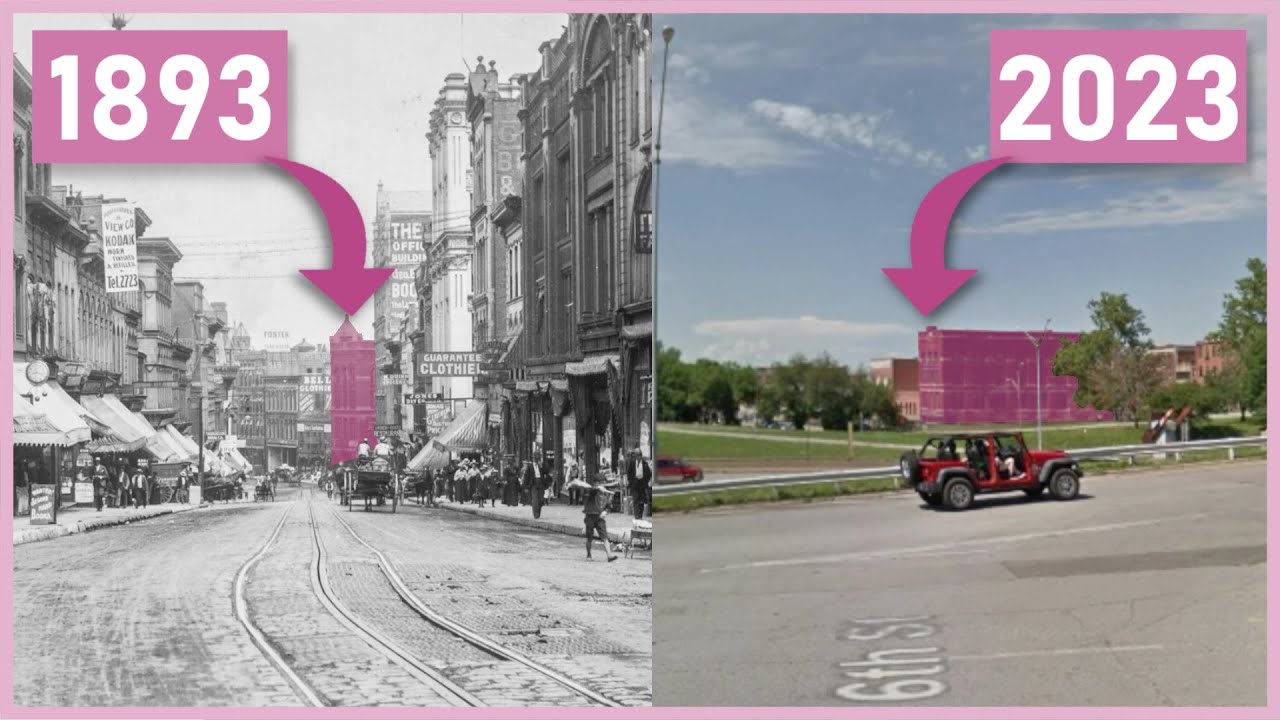The financial unsustainability of traditional, car-centric American suburbs, consisting mainly of single-family units, is a critical aspect of the problem of urban sprawl. The design of these suburbs necessitates constant expansion into undeveloped land. This is because the initial infrastructure costs, such as roads, utilities, and public services, are often subsidized by development fees and future property taxes from new construction. However, as these communities age, the costs of maintaining and replacing this infrastructure can significantly exceed the revenue from property taxes, creating a financial shortfall. This is often referred to as a “growth Ponzi scheme” – new development brings in a temporary influx of revenue, which is used to pay for the cost of existing liabilities, but in the process, incurs even more long-term liabilities.
Moreover, the dispersed, low-density nature of these suburbs compounds the issue, leading to inefficient public service delivery and increased per capita costs. The reliance on private vehicles, due to large distances between residences, workplaces, and essential amenities, also places a heavy financial burden on families, particularly those in lower income brackets. Affordable housing options are limited, contributing to socio-economic segregation. Furthermore, the conversion of natural and agricultural land into residential and commercial areas can lead to losses in ecosystem services, the costs of which are often not accounted for. Thus, from both a municipal and a resident perspective, traditional American suburbs present a financially unsustainable model for urban development.



This is all true, but doesn’t offer much of a solution or any alternatives. If I think about the concept of essentially living in a megabuilding from cyberpunk, I wouldn’t trust my fellow man to be clean enough to keep it from looking like the mega buildings from cyberpunk. Plus, cramming people into close quarters accelerates the transmission of disease, which would be problematic given how unclean I would expect such a place to be. It’s not that I disagree with these statements, urban sprawl is a problem.
The concept you’re looking for is called the ‘missing middle’. People assume the only two options are single family home suburbs or inner city mega apartments.
What’s missing are small mixed areas (which are illegal to build in most of the US) that have single family homes, duplexes, small apartment buildings, all mixed in with commercial spaces like grocery stores and restaurants.